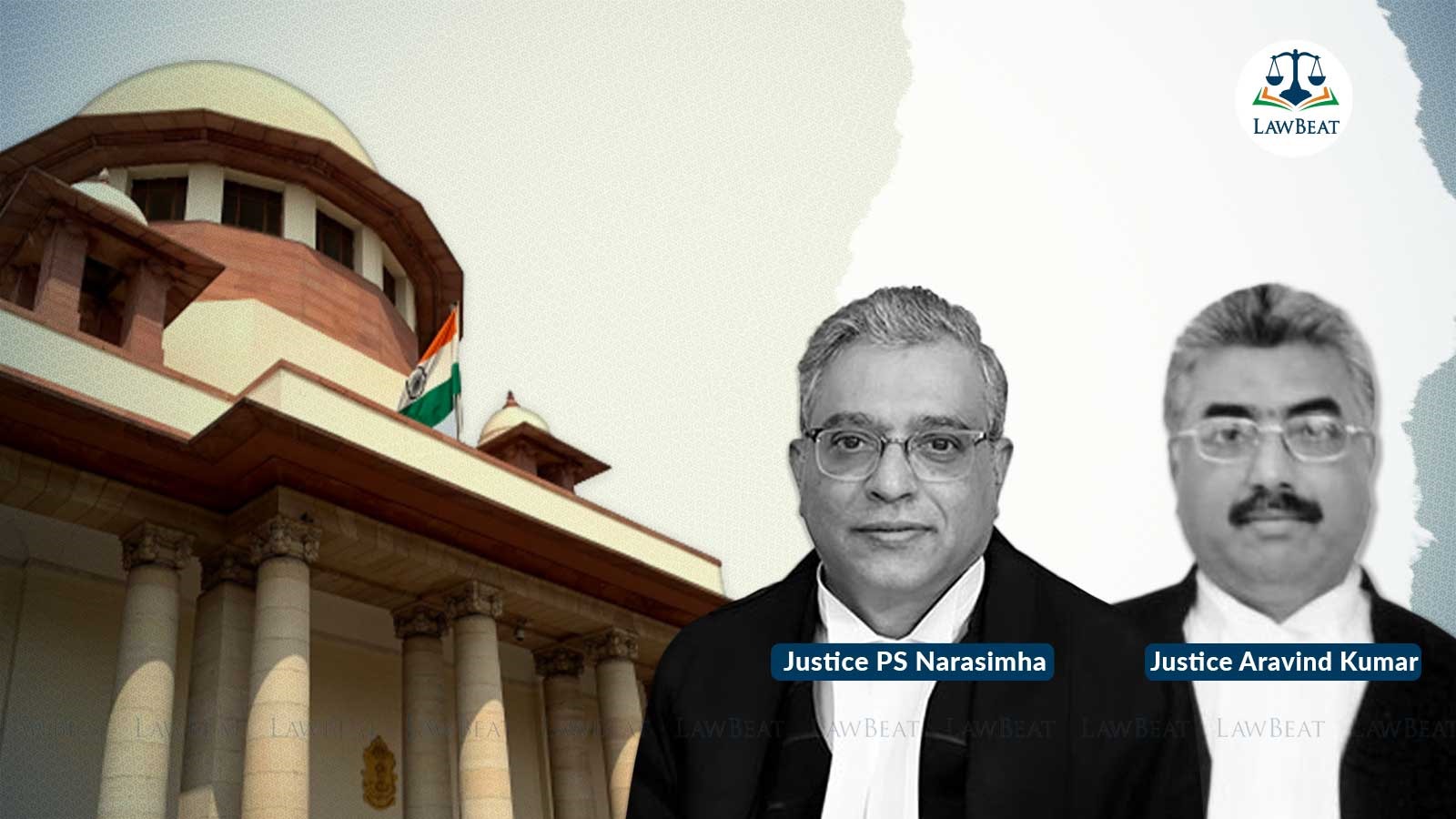SC sets aside NCDRC's order on claim related to collapse of under-construction bridge in Kota

SC bench said continuation of work could be a valid economic decision, and that by itself cannot be a reason for not applying the clause of the contract
The Supreme Court has set aside a judgment of the NCDRC, allowing a consumer complaint by M/s Hyundai Engineering & Construction Co Ltd & Others and directing United India Insurance Company to pay Rs 39,09,92,828 as claim for collapse of a part of under construction cable stayed bridge in Kota in Rajasthan in 2009 resulting into loss of 48 workmen.
A bench of Justices PS Narasimha and Aravind Kumar also expressed its surprise over the NCDRC's decision to direct the insurance company for payment of Rs 151,59,94,542 instead of Rs 39,09,92,828 by an addendum without hearing the parties.
The court accepted the appellant insurance company’s submission that there is sufficient evidence to justify repudiation of the claim on the basis of the exclusion clause.
The court also relied upon the expert committee report which concluded among others that the primary responsibility lied with the contractor, M/s Hyundai and Gammon (JV) who were responsible for allowing the structure to reach a vulnerable stage without taking adequate precautions and there was a shortfall and shortcomings in the design for the bridge prepared by M/s SYSTRA.
The bench also said, "The submission that NHAI continuing the contract with respondent nos 1 and 2 and they have, in fact, completed the contract does not impress us. The continuation of work by respondent nos 1 and 2 could be due to various reasons. Even if the NHAI’s decision to continue is taken to be a valid economic decision, that by itself cannot be a reason for not applying the applicable clause of the contract if such applicability is otherwise proved by cogent evidence."
While assessing the net loss at Rs 39,09,92,828, the surveyor in its final report in 2011 recommended that the insurance claim must be rejected as the respondents no 1 and 2 had violated the conditions of the insurance policy. Based on the surveyor’s report and also the findings and conclusions of the Expert Committee, the appellant repudiated the insurance claim in its letter in 2011.
In the case, NHAI, which issued contract to Hyundai and Gammon India, constituted a committee under the chairmanship of the Director General (Road Development) and Special Secretary, Ministry of Road Transport and Highways to investigate and report the cause of the collapse. In its report in 2010, it said a combination of factors such as lack of stability and robustness in the partially completed structure, shortfalls in design and lack of quality of workmanship in the construction have contributed to the collapse of this bridge.
The respondents no 1 and 2, meanwhile, completed the work under the contract by July 31, 2017. The bridge was inaugurated and put to public use from August 29, 2017, and has been operating since then.
On a complaint, the NCDRC held that the report of the Committee of Experts was inconclusive as it could not identify the precise reasons for the collapse of the bridge. It placed reliance on the reports of independent experts Jacques Combault, the Halcrow Group, SETRA and AECOM Asia Co Ltd.
The NCDRC also held that if the NHAI found the respondents to be competent enough to continue with the contract, it can safely be concluded that they were not at fault.
"Strangely, while the judgment of the NCDRC was pronounced on January 16, 2023, an addendum came to be added to the judgment. This addendum is undated and seeks to amend paragraphs 28 and 29 and directs payment of Rs 151,59,94,542 instead of Rs 39,09,92,828," the bench said.
The respondents also said it is unimaginable as to how the NCDRC could unilaterally revise the claim from Rs 39,09,92,828 to Rs 151,59,94,542, without hearing the parties and more surprisingly when respondent nos 1 and 2 have themselves filed written submissions confining the claim to Rs 39,09,92,828.
Examining the issue, the bench said, "Insurance is a contract of indemnification, being a contract for a specific purpose, which is to cover defined losses. The courts have to read the insurance contract strictly. Essentially, the insurer cannot be asked to cover a loss that is not mentioned. Exclusion clauses in insurance contracts are interpreted strictly and against the insurer as they have the effect of completely exempting the insurer of its liabilities."
In the case, the court noted the appellant has discharged the burden by producing the surveyor as well as expert committee report while the reports of the independent experts were not marked as exhibits by the respondents.
Referring to expert committee, the bench said, "We would, therefore, be justified in relying on the findings of the expert committee. In fact, the NCDRC’s opinion about the expert committee is not about lack of credibility, or lack of expertise, rather its opinion was only that the Committee was not conclusive in its findings."
The court thus allowed the appeal and set aside the NCDRC's judgment of January 16, 2023.
